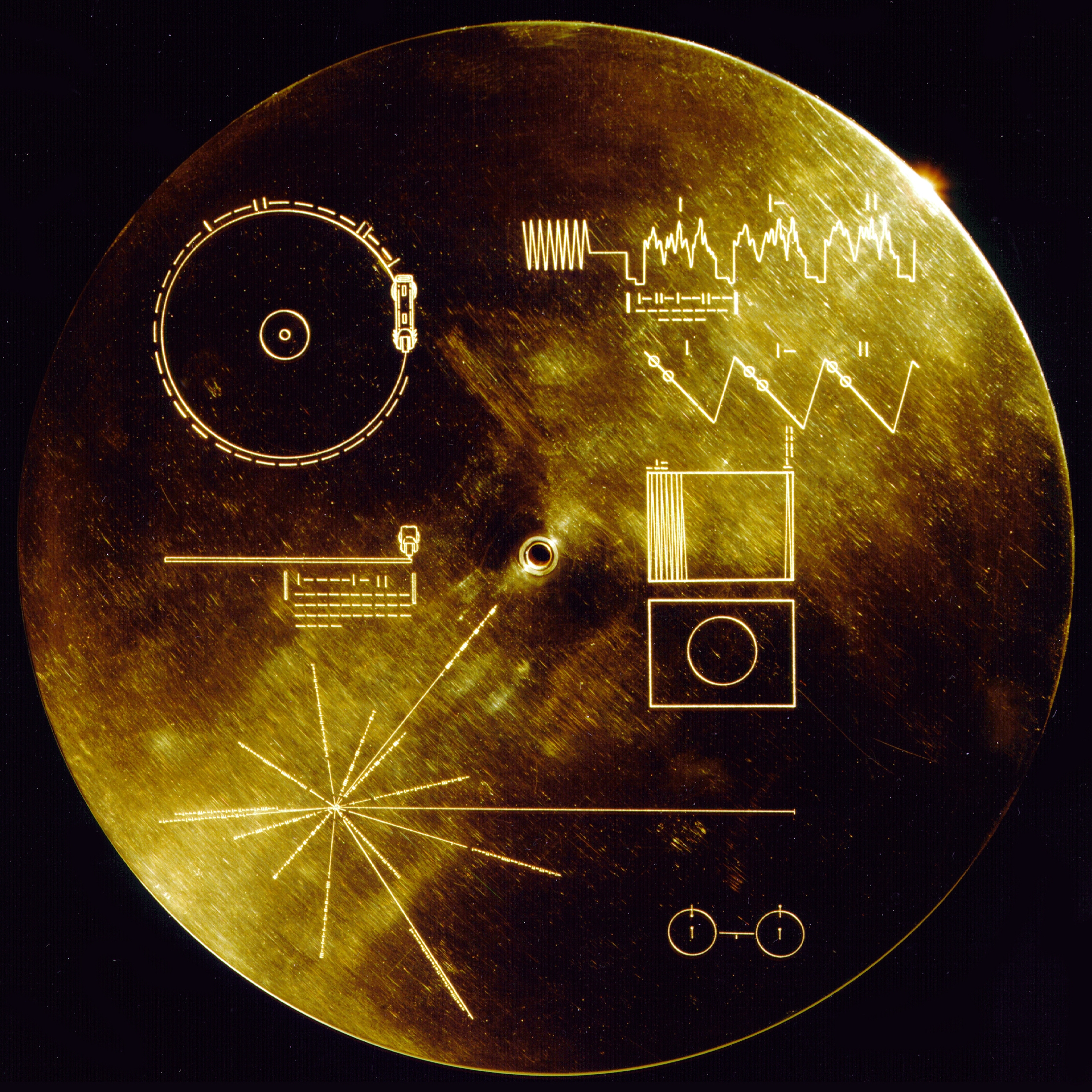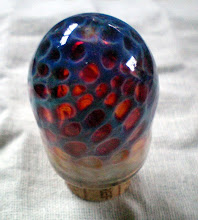 I recently had a bunch of 8' by 5' by 6.5' shipping crates fall into my lap. so I decided to make an abode out of them. First I put them up on old soda crates and leveled them out. Actually very easy to do with a nice long lever.
I recently had a bunch of 8' by 5' by 6.5' shipping crates fall into my lap. so I decided to make an abode out of them. First I put them up on old soda crates and leveled them out. Actually very easy to do with a nice long lever. I then bolted two of them together and cut a half-door in the front door. Who wouldn't want a half door? I pulled a third crate apart for parts at this point. You can see my nice patio was actually the floor of this third crate.
I then bolted two of them together and cut a half-door in the front door. Who wouldn't want a half door? I pulled a third crate apart for parts at this point. You can see my nice patio was actually the floor of this third crate. I cut one panel out between them to gain access to the second crate. You can see the small doorway in the right side of the main doorway. I laid tile on the floor temporarily and lined a few of the walls with 1/2" foam insulation. For central Texas, I have been surprised. It has been comfortable at night with a fan on low, holding at about 73 degrees. Keeping the door tightly closed in the daytime makes a large difference. It stayed below 85 like this, while shooting up to 95 with the door open all day. I sleep in the right crate and use the left as my living room. They are very small (two crates is 160 square feet), but I love it that way. Cozy, efficient and a tiny footprint!
I cut one panel out between them to gain access to the second crate. You can see the small doorway in the right side of the main doorway. I laid tile on the floor temporarily and lined a few of the walls with 1/2" foam insulation. For central Texas, I have been surprised. It has been comfortable at night with a fan on low, holding at about 73 degrees. Keeping the door tightly closed in the daytime makes a large difference. It stayed below 85 like this, while shooting up to 95 with the door open all day. I sleep in the right crate and use the left as my living room. They are very small (two crates is 160 square feet), but I love it that way. Cozy, efficient and a tiny footprint! First good set of rainstorms had water coming in the doorways, so I used the parts from the scrap crate to build a quick roof, only two hours! My next step is to cover the roof, but I have not been inspired as of yet to do this step! Sorry the picture is so dark, but I finished after sunset.
First good set of rainstorms had water coming in the doorways, so I used the parts from the scrap crate to build a quick roof, only two hours! My next step is to cover the roof, but I have not been inspired as of yet to do this step! Sorry the picture is so dark, but I finished after sunset.Soon the power for the crates will be off the grid as well once I get the solar panels installed. I will post more as it happens!


























 Though we're famous for working on polar bears, wolves, and whales, the Center for Biological Diversity works just as hard to protect small plants and animals that few people will ever see. We think all creatures are equal and deserving of a chance to survive. So we're excited to report that our multi-year campaign to save the black abalone from extinction got a big boost when the National Marine Fisheries Service placed it on the federal endangered species list this week. The agency will now have to prepare a federal recovery plan and protect the abalone's habitat.
Though we're famous for working on polar bears, wolves, and whales, the Center for Biological Diversity works just as hard to protect small plants and animals that few people will ever see. We think all creatures are equal and deserving of a chance to survive. So we're excited to report that our multi-year campaign to save the black abalone from extinction got a big boost when the National Marine Fisheries Service placed it on the federal endangered species list this week. The agency will now have to prepare a federal recovery plan and protect the abalone's habitat.









